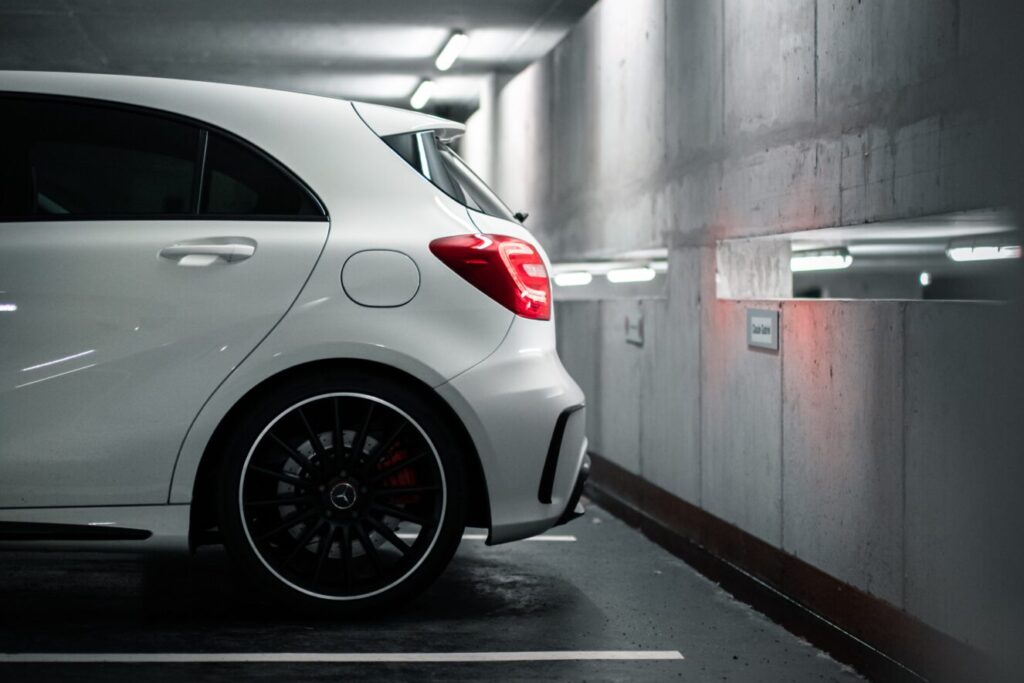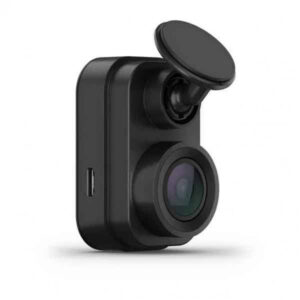Cameras, car alarms, and car immobilisers (more on those below) may be go-to solutions for boosting vehicle security, but they’re not the only options. If you want cheaper protection, there are a few cost-effective options.
For starters, the old-faithful steering wheel lock can be bought for as little as $30 but more expensive models cost closer to $100. Snap a steering wheel lock into place whenever you leave your car, and we advise attaching the lock keys to your car keyring for convenience.
Alternatively, for a more obvious external deterrent, invest in an anti-theft wheel lock or wheel clamp for under $50. Whether you get a lock or clamp, this device is designed to hamper a car wheel from spinning, offering a physical (and visual) deterrent for would-be thieves. Admittedly, while wheel locks are roughly the size of a steering wheel lock, wheel clamps are larger, so factor in boot space if you want to use one of those.



